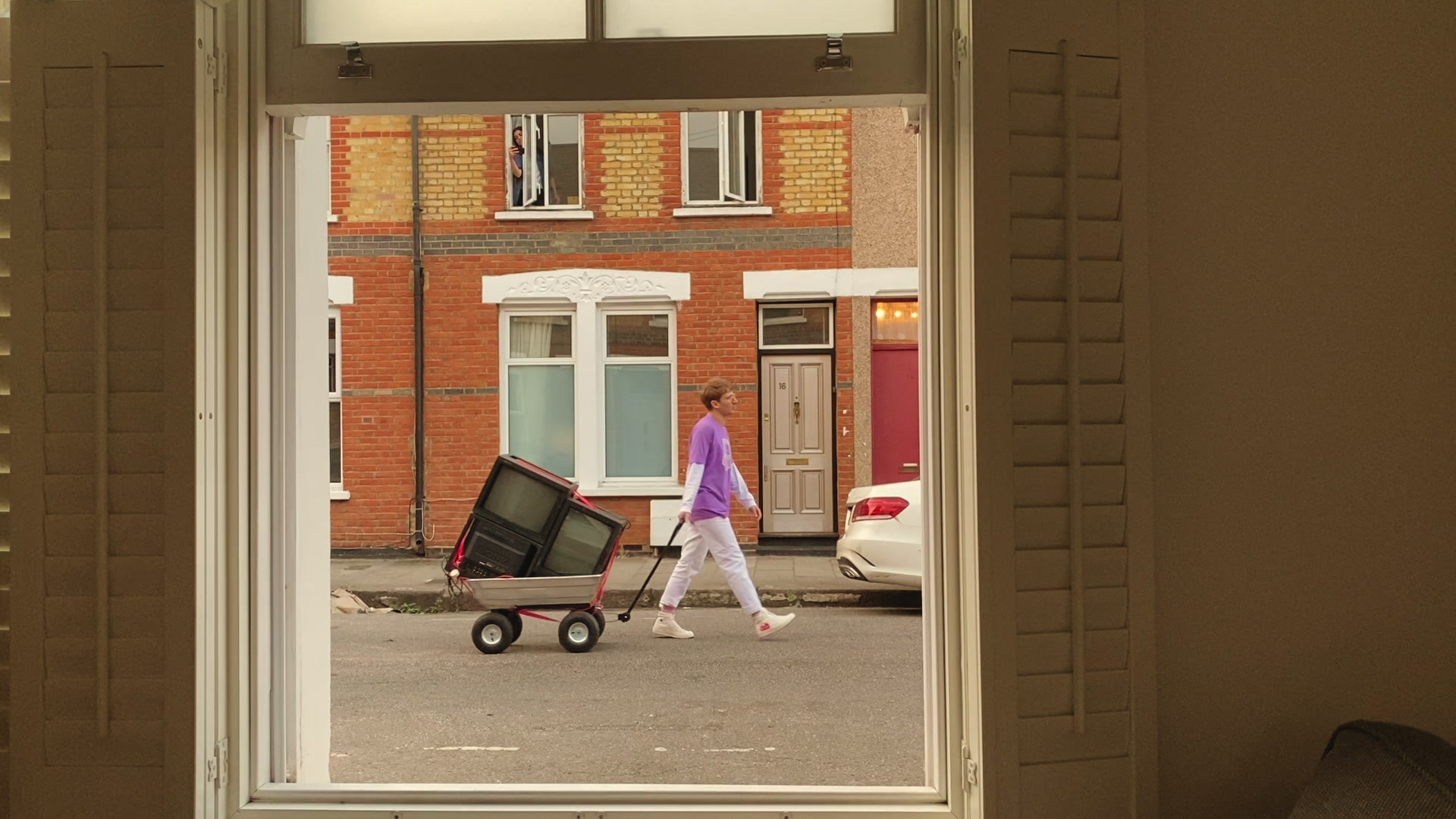As Halloween approaches, The Day of The Dead gets increasingly closer. With November on the horizon, hand-crafted flowers, paper chains, and the characteristic altar will start to be made.
Origins
Mexican culture is a mix of indigenous, European, and African traditions. Just like its people, this beautiful celebration originated from a collision between native people’s beliefs and the dominant European Christianity (which remains influential with Mexico having the second largest Catholic population in the world, trailing just behind Brazil).

Mictlantecihuatl, Aztec Goddess Courtesy of Jupiter Images
The Day of the Dead dates back to 800 B.C and has been alive for almost 300 years. The Aztecs used to have a celebration dedicated to the Goddess Mictecacihuatl, “the Lady of the Death” (now called La Catrina). She was the queen of Mictlan: one of the 9 levels of the Aztec’s underworld where she had the duty to take care of the bones of the death. After the Spaniards invaded Mexico in 1521, they immediately started bringing men of religious orders to “evangelize” native people and catalyzed the mixing of native and European traditions.The Catholic celebration Spaniards brought to Mexico to remember the dead was “The Day of All Saints,” which dates back to 827-844 A.C.
The Aztec tradition inspired many of the elements that are present on the representative altar, including food and water, which were believed to help one ascend to the Aztec heaven (“Tlalocan”).
Importance
The Day of The Dead is a tradition celebrated every November 2 as a way to remember the loved ones who have passed away. It’s a bittersweet celebration that reminds us how short life can be, uniting us to enjoy each and every day.
Usually, to remember the person who has passed away, an altar is made and decorated with pictures of the loved one. Schools, houses, and even workplaces all build altars; there are even competitions to see who can make the best altar with the most accurate elements. There is also an opportunity to show writing abilities with the well-known “calaveritas”: satiric rhymes about death that frequently mention La Catrina.

Photo by Ivan Diaz on Unsplash.com
The Day of The Dead is a celebration that represents the beauty of Mexican culture. Sadly, though, many people seldom see its deeper, cultural meaning, disregarding it as a competition of pretty altars and silly poetry. They often never experience how fascinating Mexican culture can be.
It seems that maybe us Mexicans are letting go of our own traditions and are opening the door to foreign ones. It’s time for my fellow Mexicans (and also everyone else, as well) to know and understand the rich history of this iconic day.












